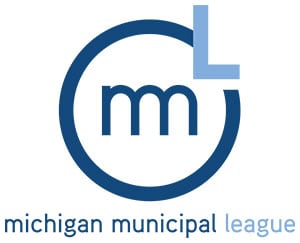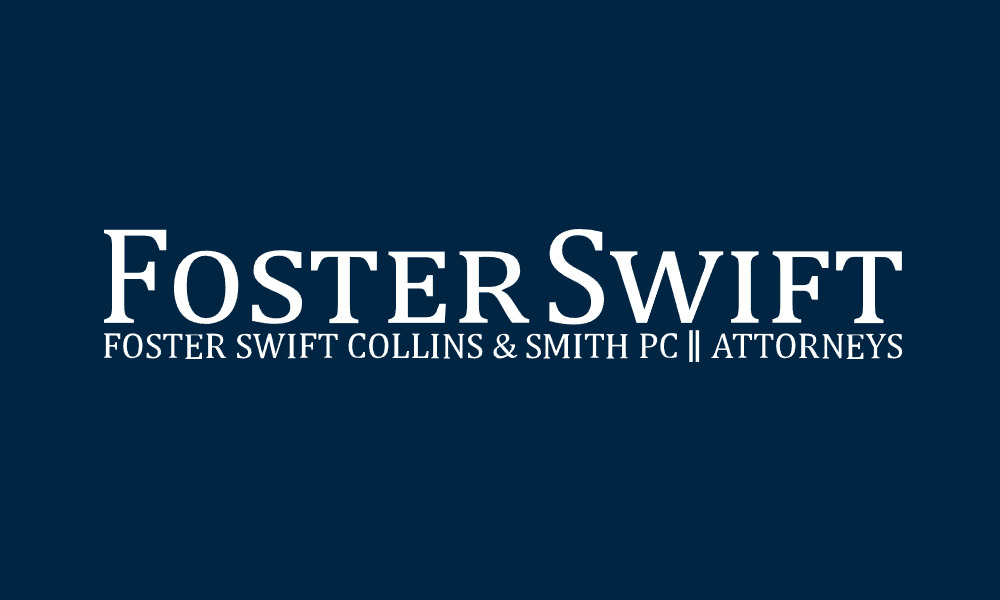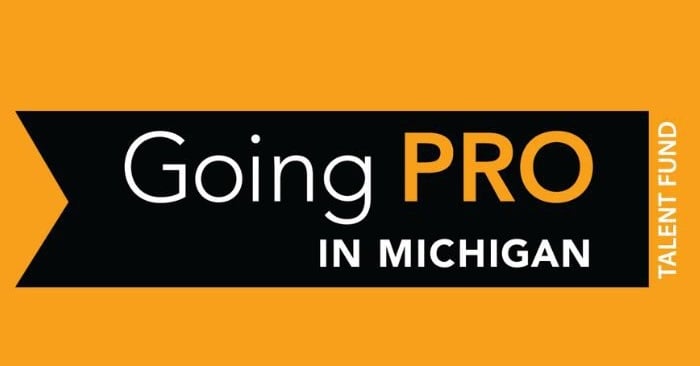
LANSING, Mich. – The Michigan Municipal League (the League) was joined by legislators, local leaders, developers, and home builders from across the state today to unveil a bold, detailed strategy to build and rehab more attainable housing in Michigan.
The MI Home Program seeks to boost housing construction and rehabilitation while modernizing local zoning rules to help accelerate housing development across the state. The plan calls for a $160 million annual investment over five years, leading to the development of more than 10,000 attainable housing units and sparking ongoing and lasting change.
“Michigan’s housing shortage affects every corner of our state — from large cities to rural communities,” said the League Board President and Sault Ste. Marie Mayor Don Gerrie. “The MI Home Program is a targeted, practical approach to building more attainable housing units, while supporting local decision-making and creating thriving, more vibrant communities.”
Program Components Include:
● MI Home Readiness – $5 million annually for Housing Readiness Incentive Grants to help communities modernize their zoning ordinances in ways that encourage more housing development, plus a statewide matchmaking platform connecting municipalities and developers.
● MI Home Grant – $95 million in years one and two, increasing to $145 million in years three through five, for grants to fill the gap when building or rehabbing attainable housing.
● MI Home Fund – $50 million in years one and two to create a revolving loan fund that can be layered with grant dollars to address gaps for housing development and rehabilitation.
● MI Home Employer – $10 million annually to continue the Employer-Assisted Housing Fund, matching employer investments to help workers secure housing.
The program incentivizes local governments to adopt housing-friendly zoning changes. Fourteen best practices such as allowing duplexes and accessory dwelling units, reducing parking requirements, and enabling higher density near transit have been identified. MI Home Program resources can go directly to qualified developers to spend those funds in communities where at least half of these best practices have been adopted.
Grant funding will be made available for a wide range of housing types, including single-family units, duplexes, triplexes, fourplexes, townhouses, row houses, condos, modular homes and mixed-use development. Properties built or rehabilitated under the program must be sold or rented to households earning no more than 120 percent of the area median income and kept attainable for no less than ten years.
“This is a housing development strategy that chooses partnership over preemption,” said State Representative Samantha Steckloff (D-Farmington Hills). “It’s about empowering local decision makers to meet the unique housing needs of their communities and ensuring they have the resources and flexibility to get the job done.”
“This is about building more homes and building them the right way — in partnership with our communities,” said Brian Farkas, director of workforce housing at Allen Edwin Homes. “By aligning resources, incentives, and local leadership, we can continue to work to address today’s housing needs and set the stage for long-term economic vitality across the state.”
For more information on the MI Home Program and MML’s housing policy efforts, visit www.mml.org/mihomeprogram.









